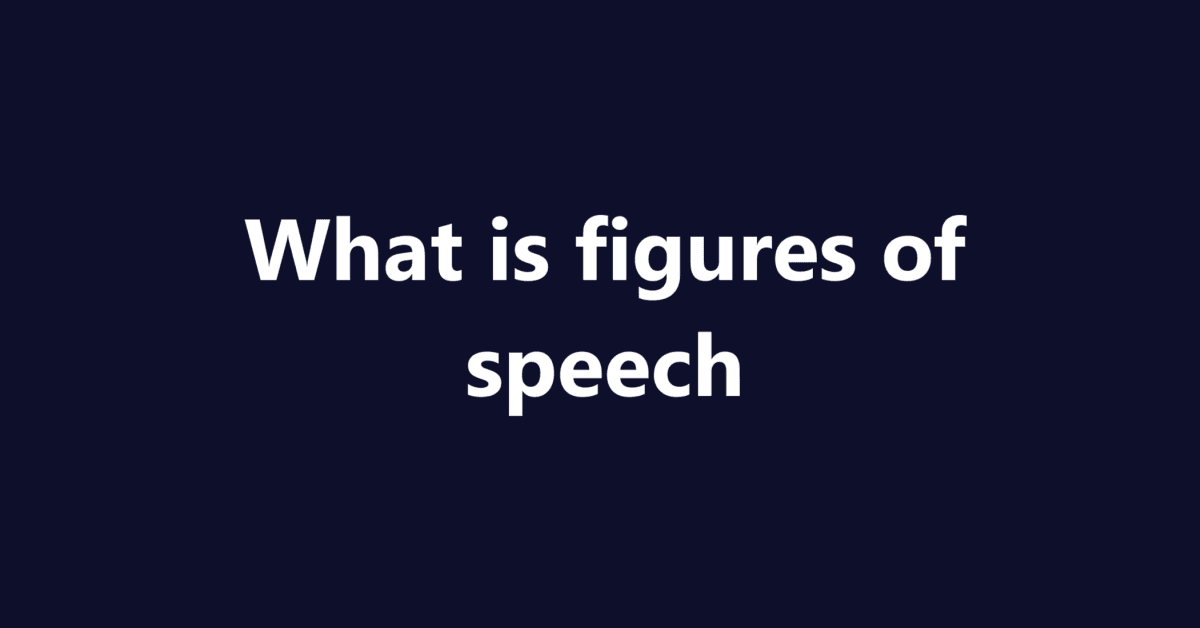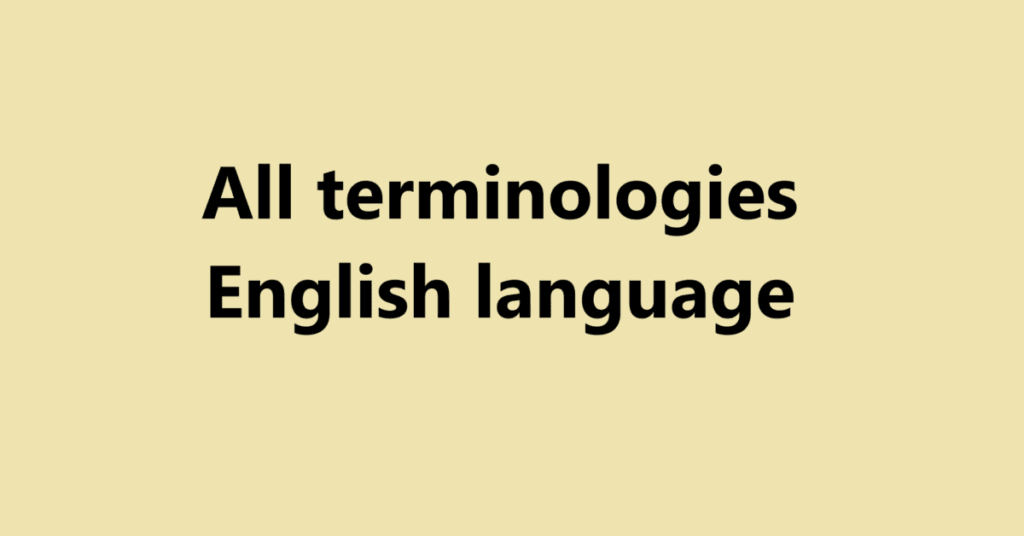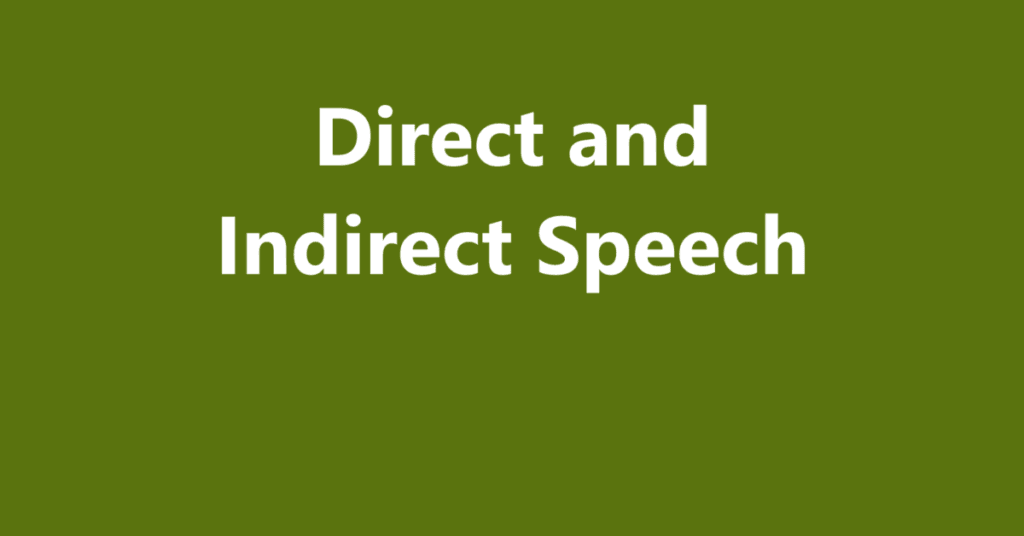Figures of speech are expressive language tools that enhance writing and speech by adding color, depth, and creativity. They allow writers and speakers to convey complex ideas and emotions in a more relatable and vivid manner. Understanding different figures of speech can significantly enrich your appreciation of language and improve your own communication skills. Below is an extensive overview of various figures of speech, their definitions, examples, and functions.
1. Metaphor
A metaphor is a direct comparison between two unlike things, suggesting that one thing is another, thereby highlighting a shared quality.
- Example: “Time is a thief.”
- Function: Metaphors give readers a deeper understanding of concepts by linking familiar terms to abstract ideas, allowing for more imaginative expression.
2. Simile
A simile is similar to a metaphor, but it uses “like” or “as” to make the comparison between two differing things.
- Example: “Her smile was bright like the sun.”
- Function: Similes create vivid imagery and help readers visualize comparisons more concretely.
3. Personification
Personification attributes human characteristics or actions to non-human entities, animals, or inanimate objects.
- Example: “The wind whispered through the trees.”
- Function: It brings life and relatability to objects or ideas, making them more engaging.
4. Hyperbole
Hyperbole is an exaggerated statement not meant to be taken literally, used for emphasis or humor.
- Example: “I’m so hungry, I could eat a horse.”
- Function: It creates emphasis and strongly conveys emotions, often adding a humorous twist.
5. Alliteration
Alliteration is the repetition of the initial consonant sounds in a series of words.
- Example: “She sells seashells by the seashore.”
- Function: It creates rhythm and musicality in language, enhancing the aesthetic quality of poetry and prose.
6. Oxymoron
An oxymoron combines contradictory terms to create a new meaning.
- Example: “Deafening silence.”
- Function: It captures complex emotions or concepts that might seem contradictory, prompting readers to ponder underlying meanings.
7. Onomatopoeia
Onomatopoeia refers to words that phonetically imitate or resemble the sound they describe.
- Example: “The bees buzzed softly.”
- Function: It creates a sensory experience for the reader, making descriptions more vivid and engaging.
8. Asyndeton
Asyndeton is the omission of conjunctions between clauses or in a list of items.
- Example: “I came, I saw, I conquered.”
- Function: It creates a sense of urgency and can make statements more impactful by accelerating the rhythm.
9. Polysyndeton
Polysyndeton is the deliberate use of many conjunctions in a sentence, often to slow down or emphasize the individual parts of a list.
- Example: “We have ships and men and money and stores.”
- Function: It can create a feeling of abundance or emphasizes each item, giving the list more weight.
10. Antithesis
Antithesis juxtaposes contrasting ideas in a balanced construction.
- Example: “It was the best of times, it was the worst of times.”
- Function: It highlights the differences between two opposing ideas, enhancing the complexity of the argument or narrative.
11. Chiasmus
Chiasmus is a rhetorical device where the order of words in one phrase is inverted in the following phrase.
- Example: “Ask not what your country can do for you, ask what you can do for your country.”
- Function: It emphasizes the relationship between the two clauses, creating a memorable and impactful expression.
12. Metonymy
Metonymy is a figure of speech where one term is substituted for another with which it is closely associated.
- Example: “The White House issued a statement today.”
- Function: It simplifies complex ideas and creates stronger connections through associations, making language more effective.
13. Synecdoche
Synecdoche involves using a part to represent the whole or vice versa.
- Example: “All hands on deck.”
- Function: It fosters a sense of unity and connection among the items being referred to.
14. Imagery
Imagery involves using descriptive language to create vivid pictures in the reader’s mind, appealing to the senses.
- Example: “The golden leaves crunched underfoot, releasing a musty, earthy aroma.”
- Function: It enhances reader engagement and emotional response by invoking the senses.
15. Irony
Irony is the expression of meaning by using language that normally signifies the opposite, often for humorous or emphatic effect.
- Example: “A fire station burns down.”
- Function: It adds layers of meaning, often highlighting discrepancies between expectation and reality.
Conclusion
Figures of speech enrich the English language by allowing for creative expression and deeper communication. They enable writers and speakers to evoke emotions, paint vivid pictures, and create memorable phrases that resonate with audiences. Whether in poetry, prose, speeches, or everyday conversation, these devices play a crucial role in how we understand and appreciate language.


